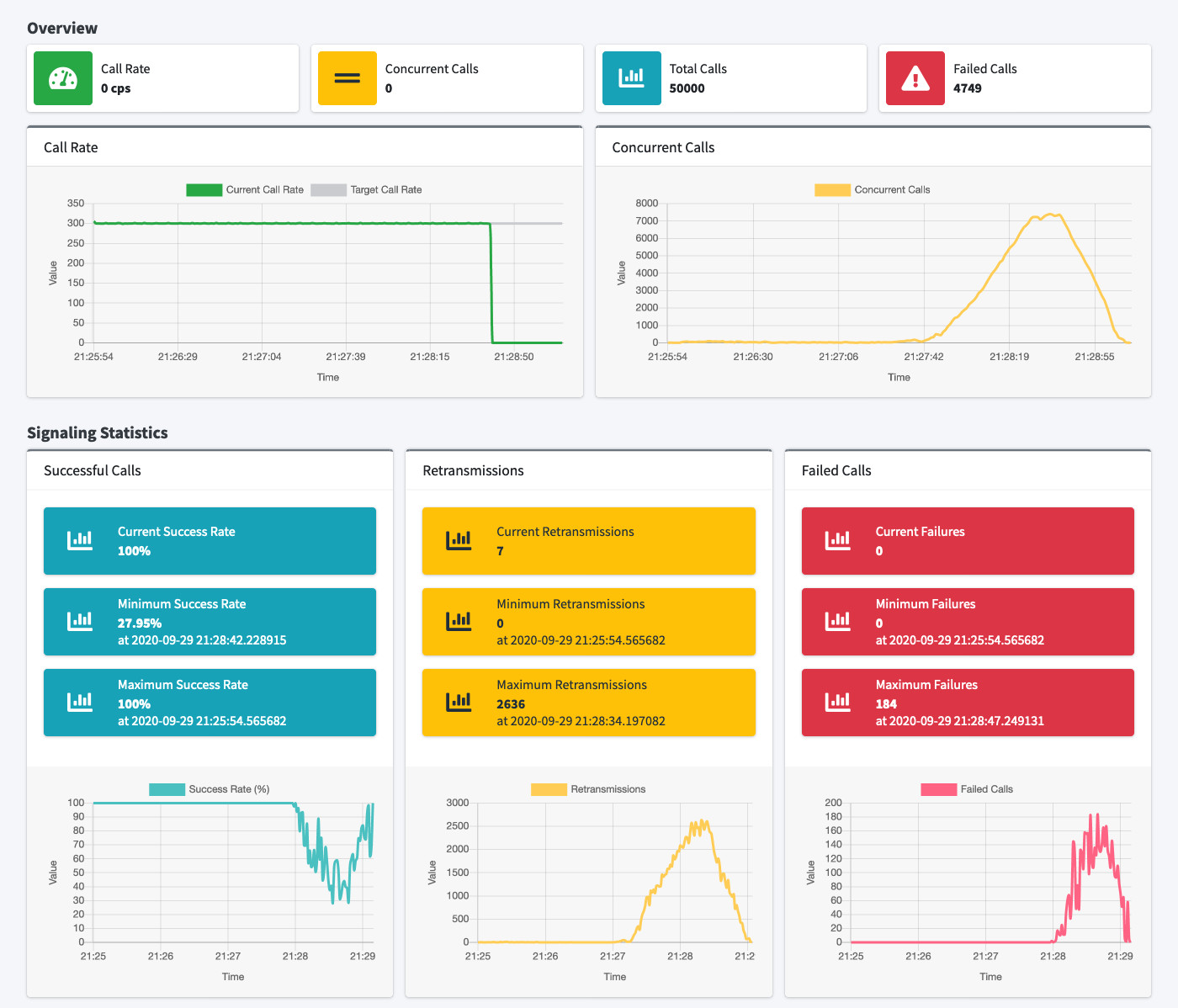The mission of Sipfront is simple: to make VoIP testing accessible.
Why?
Because I personally would like to provide a service that is meeting the following criterias, which I didn’t find anywhere else:
What You See Is What You Get
When somebody stumbles upon Sipfront while searching for VoIP testing tools, I would like them to quickly get an idea of what we’re providing here. Screenshots, Videos, and most importantly a subscription tier with free credits to try it. Show, don’t tell.

It is the first step to make VoIP testing accessible, because users should get a good grasp of whether the service fits their needs, without having to go through an appointment with Sipfront Sales.
Launch tests from any device and any location
Pretty much all VoIP test solutions I’ve come across over the years are on-premise. This makes a lot of sense for certain test aspects, like running tests in a defined and confined test bed when focusing on latency, jitter and packet loss, or more importantly being able to handle the traffic volume. When your traffic generator is sending a couple of GB/s of traffic to the SUT in your lab, you rather be able to ingest that volume network-wise.

The major drawbacks are the cost and time to get the test bed set up, scaling the traffic generation infrastructure, but also competing for test time on the infrastructure. This is where a SaaS model using a web based solution shines. Use the web browser on your smartphone while on the road to launch a test? No problem at all.
Ultimately, Sipfront will support hybrid scenarios with the control interfaces like Web UI and APIs running in the cloud, while traffic generation instances can be deployed on-site in lab environments, in order to combine the strengths of both approaches.
Make tests simple to use
You can find various free and open source test tools on the web, and lots of them are top notch. Great examples are sipp, sipvicious, baresip, pjsua and voip patrol, catering different use cases like performance tests, security tests and functional tests.

Those tools can be quite hard to use though. They require complex xml scenario files, templates or the right combination out of their 150 command line options each (yeah, I counted them e.g. in sipp 😄 ) to get the desired results, if it’s more than just a very simple call. The aim of Sipfront is to abstract most of the complexity away from you as a user, while still giving you the flexibility to adapt the test scenario to your needs.
Learn new things
Initially this criteria was important mostly for myself, because I had the desire to work hands-on with technologies I didn’t have the time or opportunity to work with in the past couple of years. Containers, orchestration, cloud services, PostgreSQL being among some of them.
However, while working on and with these technologies, I gather so much information both big and small which I haven been curious about in the past, like certain command line switches of tools that I haven’t been aware of and which make the life of VoIP engineers so much easier up to tools and services I didn’t know before despite working in Telecom since 20 years.
While making use of this information within the Sipfront service, I’d also like to share them here, so you can hopefully make good use of them.

The last criteria is having fun. This is mostly for me while working on Sipfront, but if you have fun using it, then that makes me happy too.
So long, and better SIP testing!